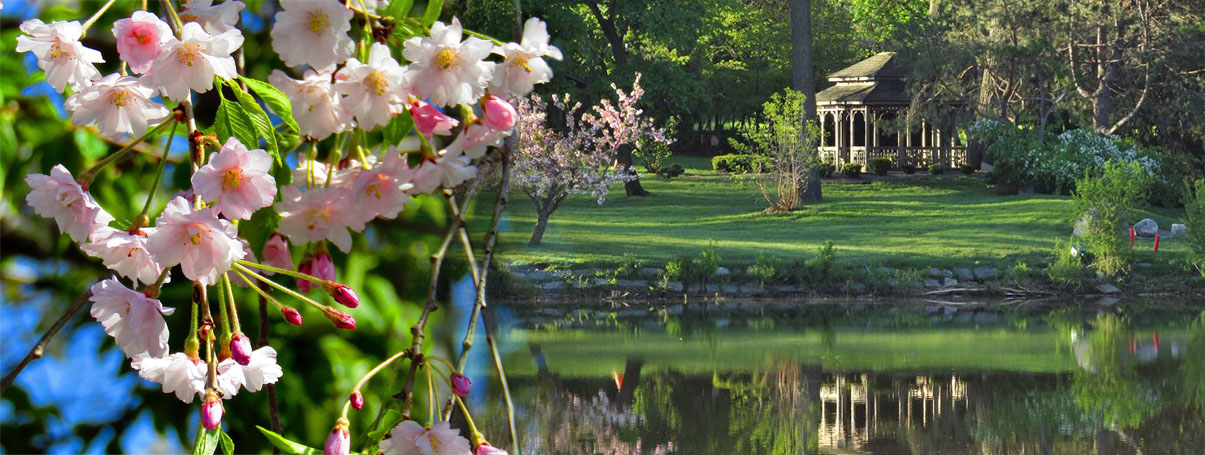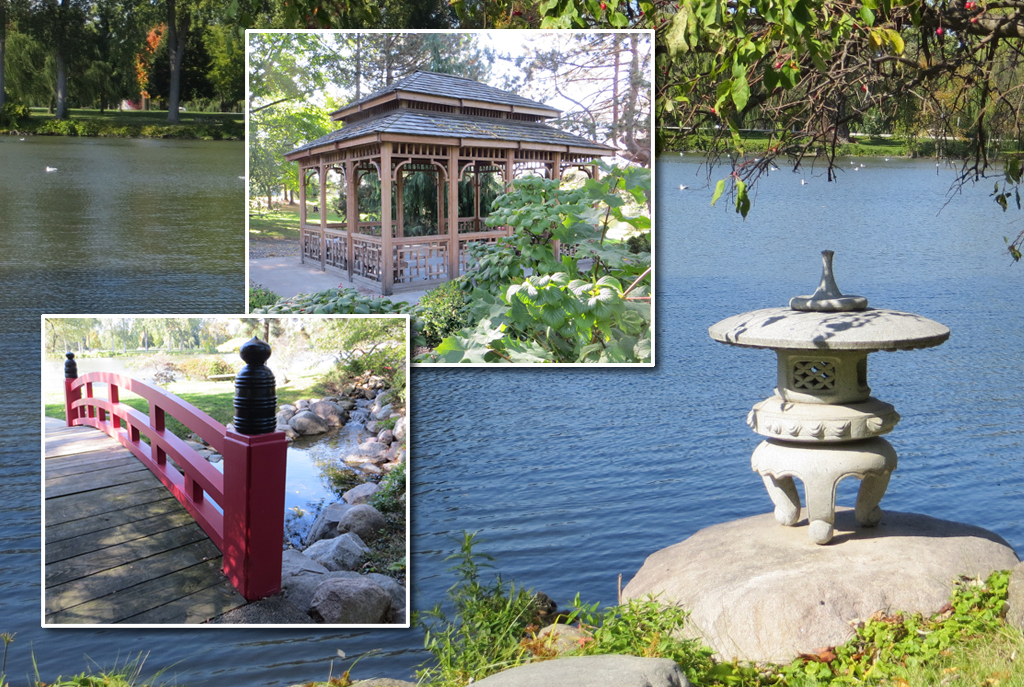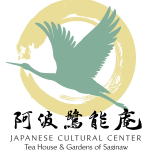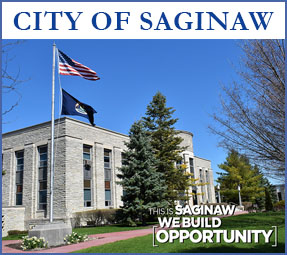

About Us
Our Organization: The Japanese Cultural Center, Tea House, and Gardens of Saginaw, Inc. is a 501(c)3 non-profit organization committed to promoting intercultural understanding and peace through the art of tea ceremony.
Located in the heart of Saginaw’s Central Park System near downtown, the three-acre Tokushima-Saginaw Friendship Garden has been open to the public for over 50 years. The picturesque garden includes an open field dotted with mature trees, as well as a stretch of shoreline along Lake Linton that offers a stunning view of Ojibwe Island.
As visitors explore the garden, they are treated to Japanese rock landscapes, including a waterfall, a winding stream that flows under a vibrant vermillion arch bridge, and several stone lanterns. One of the highlights of the garden is the collection of rare Tokushima Blue Rocks, which are highly valued for their rare bluish-green color.
Nestled in the garden with lush green foliage is the Awa Saginaw An built in 1985, a genuine sukiya style Japanese Tea House, built by sukiya daiku – artisanal carpenters, with construction materials directly imported from Japan, the teahouse is treasured as an architectural and cultural landmark.
Since it’s opening in 1986, the Japanese Cultural Center, Tea House, and Gardens of Saginaw has offered tea ceremony demonstrations as cornerstone service to the community – a 500 year old tradition as well as garden and teahouse tours for groups and walk-in visitors . It also offers garden and teahouse tours daily and a variety of programs and festivals showcasing Japanese arts and culture attracting thousands of visitors from the Great Lakes and Bay Regions and beyond.

Come and discover the authentic beauty of Saginaw’s beloved landmark where the public is warmly welcomed to partake in unique Japanese cultural experiences.
Staff
Masumi Azu-Boles
Executive Director
Mami Roush
Administrative Assistant
Austin Brown
Garden Manager
Board of Directors
Mr. Todd Hall, President
Glastender, Inc
Mr. James Gerding, Secretary & Treasurer
Rehmann
Ms. Masumi Azu-Boles
Prof. Monika Dix
Saginaw Valley State University
Ms. Renee Harvey
eXp Realty
Mr. Phil Karwat
City of Saginaw
Mr. Michael Wooley Warner
Norcross & Judd LLP
Director Emeritus
Miss Holly Furlo
Saginaw Valley State University
Ms. Yoko Mossner
Tokushima Members
Mayor Sawako Naito
Mr. Hiromu Morizumi
Ms. Michiko Shundou
Japanese Cultural Center, Tea House, and Gardens
527 Ezra Rust Drive
Saginaw, Michigan 48601
Phone: 989.759.1648
director@japaneseculturalcenter.org







